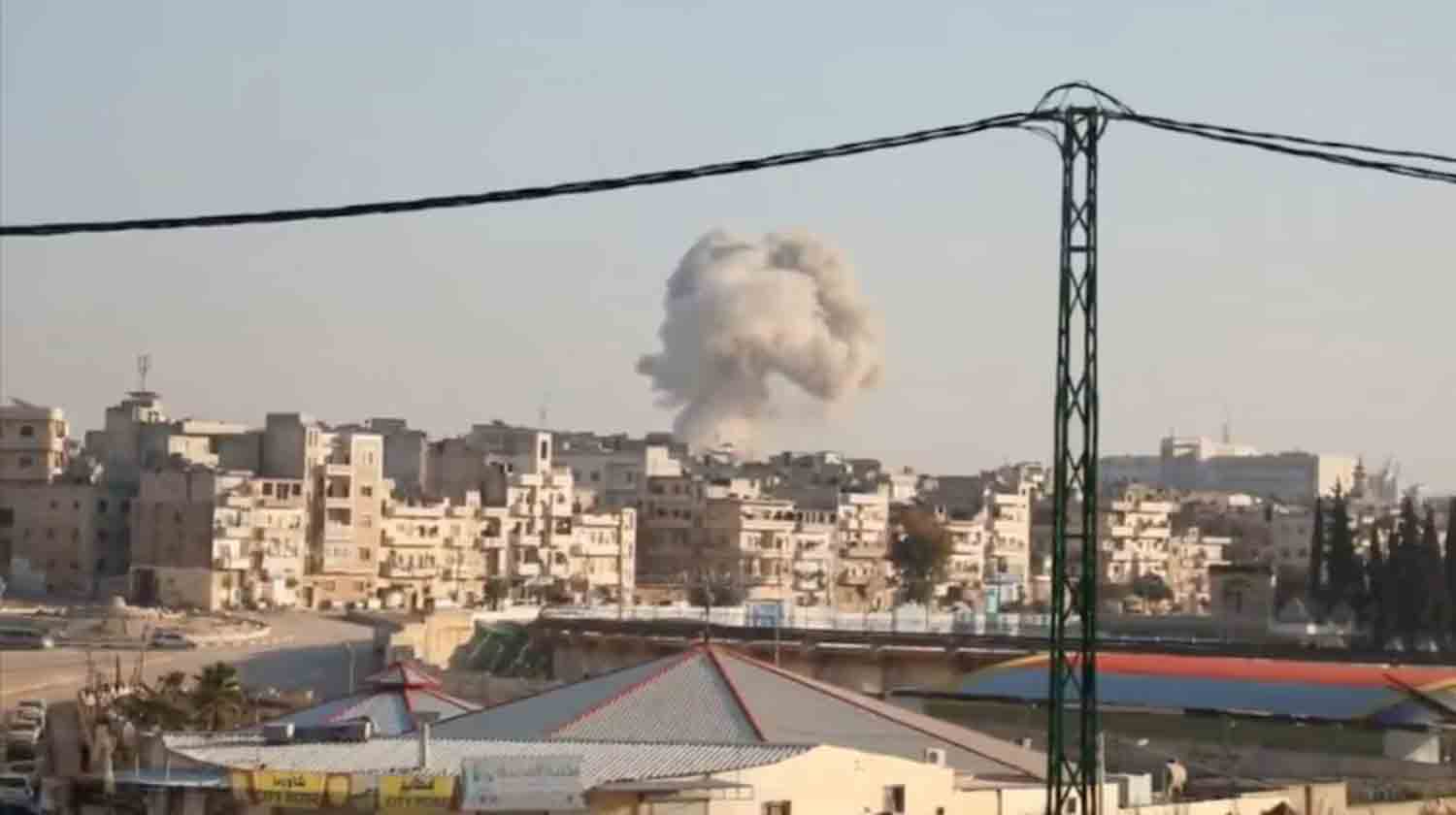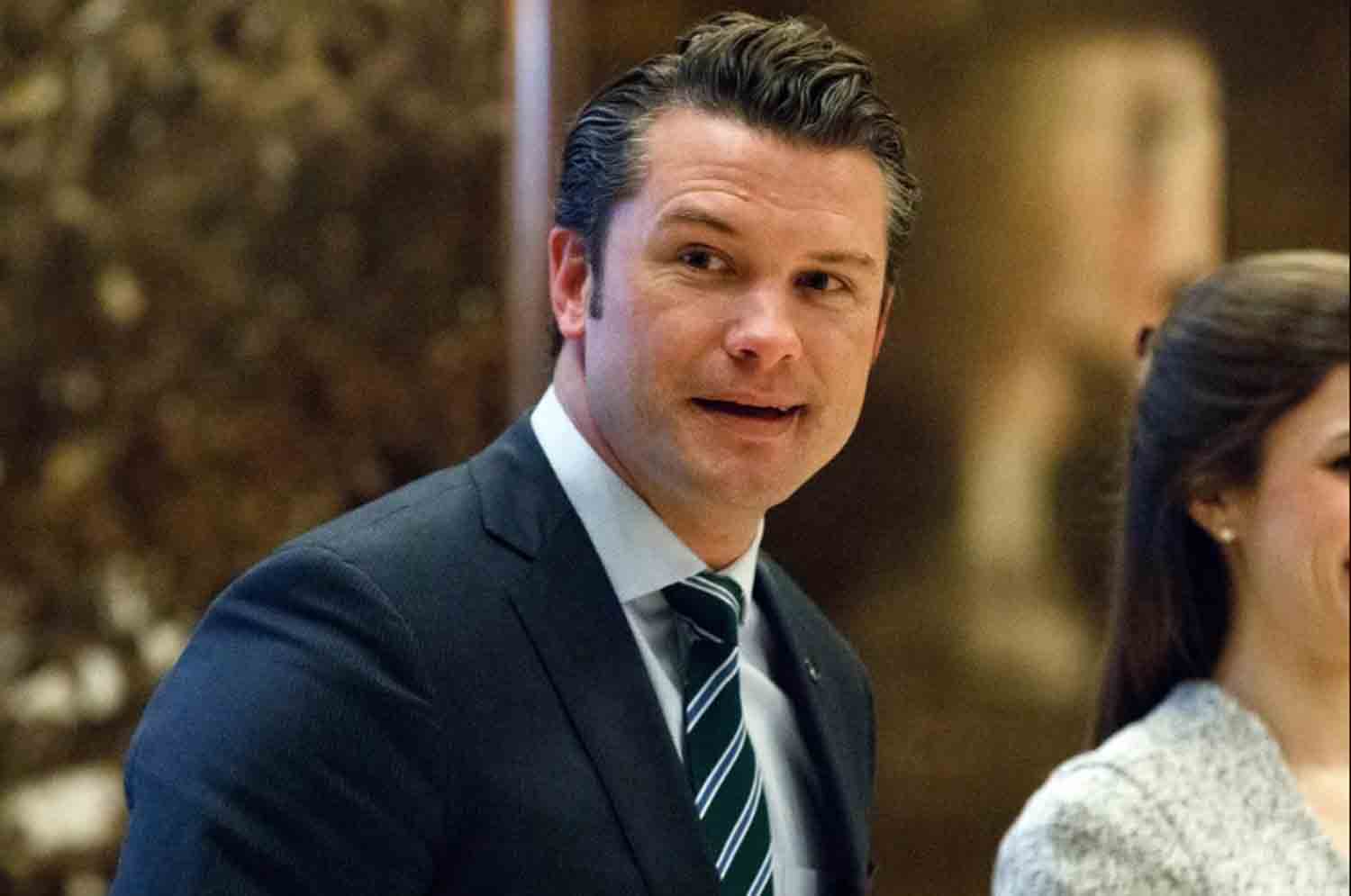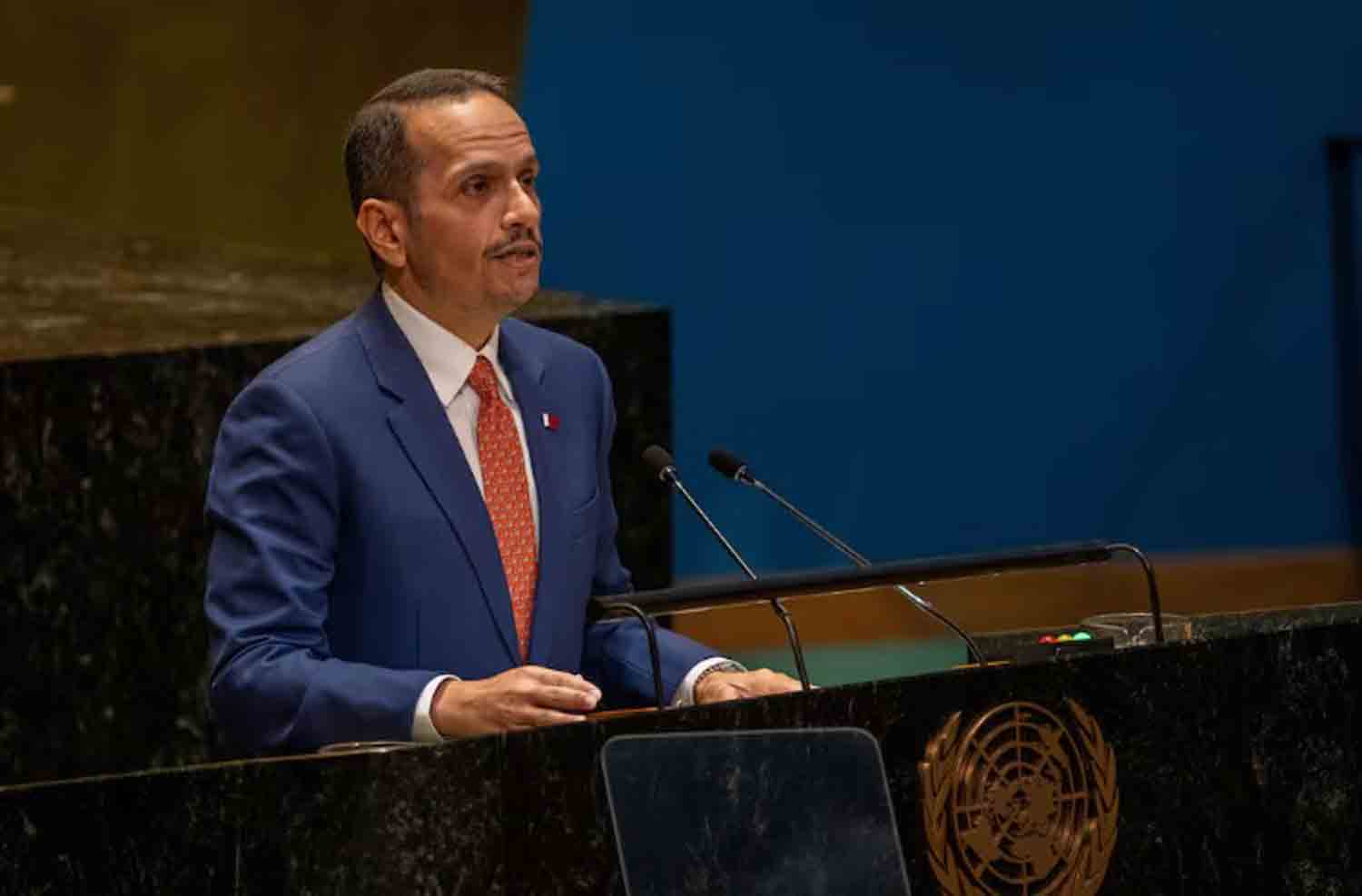Syrian rebels were set to continue their rapid advance on Saturday after reaching the outskirts of the central city of Homs, while government forces struggled to reinforce their faltering frontlines in an effort to preserve President Bashar al-Assad‘s 24-year regime.
Following the rebels’ capture of Aleppo a week prior, government defenses have deteriorated swiftly across the nation, as insurgents have taken control of several key cities and reignited uprisings in areas where resistance had previously waned.
In addition to Aleppo in the north, the rebels have also seized Hama in the center and Deir al-Zor in the east, with reports emerging on Friday of their control over the southern cities of Suweida and Deraa, accompanied by videos of celebratory gatherings among the insurgents.
The Syrian military announced it was conducting airstrikes in the Hama and Homs regions and bolstering its presence on those fronts. They also indicated a repositioning of forces around Deraa and Suweida, while refraining from acknowledging the rebels’ takeover of those cities.
The rapid developments have taken Arab capitals and Western officials by surprise, heightening concerns about a potential resurgence of regional instability. The civil war in Syria, which began in 2011 as a revolt against Assad’s governance, has drawn in significant foreign powers, facilitated the rise of jihadist groups, and resulted in millions of refugees fleeing to neighboring countries.
Western officials assert that the Syrian military is in a precarious position, unable to counter the advances of the rebels and compelled to retreat.
Assad has historically depended on allies to suppress the insurgency, with Russian airstrikes supporting ground operations while Iran dispatched allied forces, including Hezbollah from Lebanon and Iraqi militias, to strengthen the Syrian military’s efforts against the rebels. However, since 2022, Russia has shifted its focus to the conflict in Ukraine, and Hezbollah has suffered significant losses in its ongoing battle with Israel. On Friday, Russia advised its citizens to leave Syria, and an Iranian official confirmed the evacuation of families of diplomats from the country.
Hezbollah deployed “supervising forces” to Homs on Friday; however, any substantial troop movement could expose them to Israeli airstrikes, according to Western officials. On the same day, Israel targeted two border crossings between Lebanon and Syria, as reported by Lebanon.
In a related development, Iran, Russia, and Turkey, the primary foreign backer of the rebels, are scheduled to convene on Saturday to address the ongoing crisis in Syria, as indicated by a diplomatic source.
BATTLE FOR HOMS
Rebels claimed they were “at the walls” of Homs after capturing the last village on the northern outskirts late Friday, following their recent takeover of Hama after a brief confrontation near the city. Gaining control of Homs, a crucial junction linking the capital to the Mediterranean, would sever Damascus from the coastal stronghold of Assad’s Alawite minority and from the naval and air bases operated by his Russian allies in the area.
Overnight, rebels outside Homs faced heavy bombardment, while the military and its allies were reportedly fortifying their defenses in the city, according to both parties. A coalition of rebel factions, including the Islamist group Hayat Tahrir al-Sham (HTS), issued a final appeal for forces loyal to Assad’s government in Homs to defect. In anticipation of the rebel advance, thousands of residents fled Homs towards the coastal regions of Latakia and Tartus, which are strongholds of the government, as reported by witnesses and local residents.
Homs is crucial. It will be extremely challenging for Assad to maintain his position, but if Homs were to be lost, the primary route from Damascus to Tartus and the coastline would be severed, isolating the capital from the Alawite Mountains, stated Jonathan Landis, a Syria expert at the University of Oklahoma. “However, the Syrian army is unlikely to engage in combat. There is little willingness to sacrifice lives for Assad and his regime,” he added.
THE SOUTH AND EAST
Securing Deraa and Suweida in the south could facilitate a coordinated offensive on the capital, which is the center of Assad’s authority, according to military sources. Rebel sources reported on Friday that an agreement had been reached for the military to withdraw from Deraa in an orderly fashion, allowing army officials safe passage to the capital, Damascus, located approximately 100 km (60 miles) to the north. Deraa, with a pre-war population exceeding 100,000, holds significant symbolic value as the birthplace of the uprising. It serves as the capital of a province with around 1 million residents, adjacent to Jordan.
In the east, a U.S.-backed coalition led by Syrian Kurdish fighters captured Deir el-Zor, the government’s primary stronghold in the expansive desert, on Friday, according to three Syrian sources who spoke to Reuters, threatening Assad’s land link to allies in Iraq. Bassam Al-Kuwatli, president of the small Syrian Liberal Party, mentioned that the upcoming meeting of Turkish, Iranian, and Russian foreign ministers in Doha on Saturday could lead to an agreement aimed at preventing violence in Homs. “Should Homs fall, the regime would be cornered in Damascus with no escape route to the coast,” he told Reuters. “Assad may be left with three choices: resign, flee to the coast, or engage in political dialogue—the option that many would favor.”
Discover more from Defence Talks | Defense News Hub, Military Updates, Security Insights
Subscribe to get the latest posts sent to your email.





